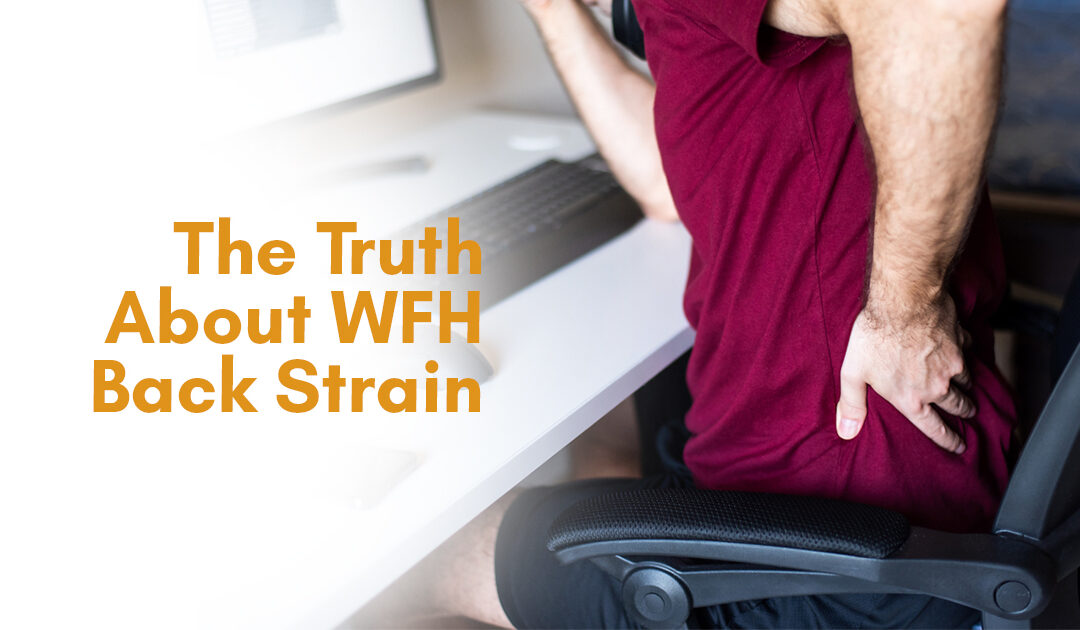Are you one of those people suffering from the hunchback syndrome? Have difficulty working from home for longer hours? Can’t seem to shake the pain in your back despite numerous attempts? If your answer is yes, then this blog is for you.
During the time of COVID-19, organizations found a way to keep productivity going without the dangers of coming to the office. Because of this, all the employees found a way to complete their work tasks efficiently without traveling to the house. As an advantage, businesses turned virtual, and people got more tech-savvy and found ways to boost their productivity despite not being in their office workspaces, which has continued post-pandemic as well.
Since 2019, I’ve dealt with several patients that complain of a backache due to working at home. They say that they experience stiffness and pain in their backs as they work from home. My answer to them is my answer to your problems too.
I understand the feeling all too well. Working from home might feel great. You don’t have to dress for work, don’t have to travel, and can set the room temperature to your liking too. But as much as there is an advantage to working from home, there is a major downside too. Several people choose to work from their sofa instead of their desk at work, which may adversely impact your neck and back, leading to pain.
To evaluate why you’re experiencing the pain you are, ask yourself these four questions:
- How much lumbar support does my chair offer me?
- What is the height of my chair in relation to my desk?
- What is the position of my computer and monitors on my desk?
- How often do I take breaks after sitting?
These factors, in addition to others, can cause back and neck pain when you work from home.
The Million Dollar Question: How Do I Prevent Back Pain When I Work from Home?
I suggest two methods to mitigate the pain in your back.
Suggestion 1: Keep Moving and Take Breaks from your Chair.
Despite having an ergonomic home office, you may face difficulty working in one place without any breaks. This problem is a common one for those working outside their cubicles. My advice to you is to keep walking every 20 to 30 minutes, even if that means stretching and letting the body get some movement. Many people sit through meetings and work endlessly for hours, leading to stiffness and chronic pain. Even if it interrupts your work, make sure to take a walk to the kitchen or take a stroll in your house. Find ways to be more active.
Suggestion 2: Get an Ergonomic Chair
Your sofa, armchair, and bed might be perfect for rewinding but aren’t for spending hours with a curved back over your computer. Investing in an ergonomic chair helps you get better posture and avoid having a hunched back. Your chair shouldn’t be simply moving up and down but forward and back too. The most important thing when you’re in a chair is lumbar support. Your chair should be able to support your lower back and be at a height that lets your feet rest on the floor.
With these suggestions, you can mitigate your pain and feel better gradually. To experience better overall health, you may also rely on pillows, supportive shoes, and exercise. If the pain continues for a longer duration, schedule an appointment today with us to find relief.

